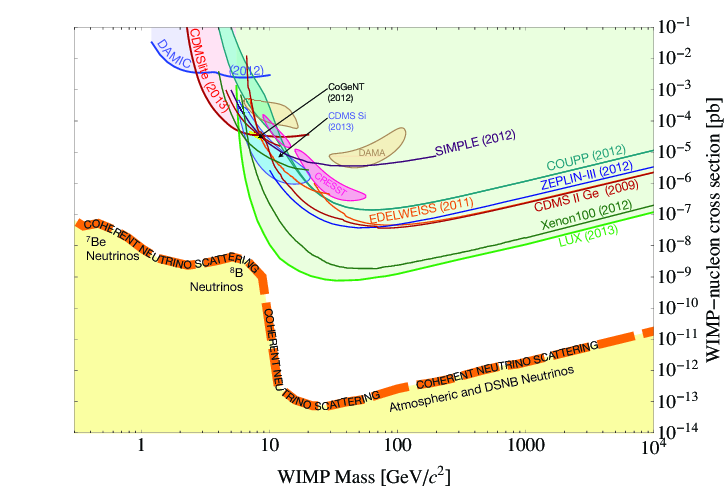This article was published in Scientific American’s former blog network and reflects the views of the author, not necessarily those of Scientific American
Putting together a scientific presentation can be a chore, but more often than not it can be a great opportunity to play around with semi-formed ideas. There’s nothing quite like standing in front of an audience (especially an audience of your peers) for a quick trial by fire. That’s why post-meeting cocktails are a necessity.
I got to do a little mood-testing this week with a presentation to the National Academies' Committee on Astrobiology and Planetary Science in Washington D.C. My talk was ostensibly to report on an effort in origins of life research and a related journal paper I’ve written about here and here. But I sneaked in a somewhat provocative idea at the end.
One of the biggest challenges with origins of life research is that there are many sub-fields working towards answering the core questions (for example; how did it happen on Earth? How might it happen in general?) It can be hard to see the relationships between progress in these sub-fields, or indeed whether we’re getting closer to a set of genuinely testable hypotheses at all.
On supporting science journalism
If you're enjoying this article, consider supporting our award-winning journalism by subscribing. By purchasing a subscription you are helping to ensure the future of impactful stories about the discoveries and ideas shaping our world today.
So, are there parallels in other fields of research that might offer some useful tools? There might be. In physics, for example, if a phenomenon or property of the natural world is proposed – a type of particle or field – you’ll start to see diagrams like this:

WIMP interaction cross-section versus particle mass, and regions and limits from observational or experimental constraints that can exclude certain ranges of properties (Figure taken from INSPIRE: the High Energy Physics information system)
In this case you’re looking at the basic properties of a Weakly Interacting Massive Particle (or WIMP) – a candidate for dark matter. The filled regions and curves represent parts of this parameter space than can currently be explored via different experiments or observations. The key point is that when physicists succeed in excluding the possibility of WIMPs with properties in these regions they narrow the options, helping to home in on the likeliest properties of the particles (if they actually exist).
This methodology is a powerful one. Different researchers and groups can focus on different areas, all bringing valuable constraints to the table, and all motivated by the possibility that they’ll actually strike it lucky and find direct evidence for the elusive dark matter.
It seems that a similar approach might be applicable to the origins of life (at least in the terrestrial sense). For example, there are already known environments that we could begin to exclude as being unlikely to generate life as we know it (stellar atmospheres, iron planetary cores, super high or super low temperatures, places devoid of certain elements, and so on).
The key question will be what exactly the ‘axes’ are in this origins of life parameter space – one can imagine that temperature, inorganic/abiotic substrates, molecular populations, and other factors, are all candidates. But the trick will be to find the quantities that offer real ‘exclusion’ potential.
That in and of itself would make for a fascinating starting discussion. Now the trick will be to get people to have that debate!